Occupational Health Report: Healthcare Workers in Saudi Arabia - Risks
VerifiedAdded on 2023/01/10
|5
|750
|40
Report
AI Summary
This report provides a comprehensive overview of occupational health for healthcare workers in a Saudi Arabian hospital. It begins by emphasizing the importance of occupational health in preventing the transmission of infections and improving productivity. The report outlines the various functions of a hospital, including diagnostic, treatment, preventive, emergency, and training services, as well as health education. It then identifies the diverse hazards healthcare professionals encounter, categorizing them as biological (e.g., exposure to diseases), chemical (e.g., handling of chemotherapy and disinfectants), ergonomic (e.g., lifting patients), and psychological hazards. The report details measures to mitigate these hazards, such as the use of personal protective equipment, vaccination, immediate reporting of injuries, limited exposure to carcinogenic substances, and the implementation of comfortable and safe hospital equipment. The conclusion reinforces the necessity of protecting healthcare workers, highlighting the significance of these measures in safeguarding their well-being and ensuring patient safety.
1 out of 5
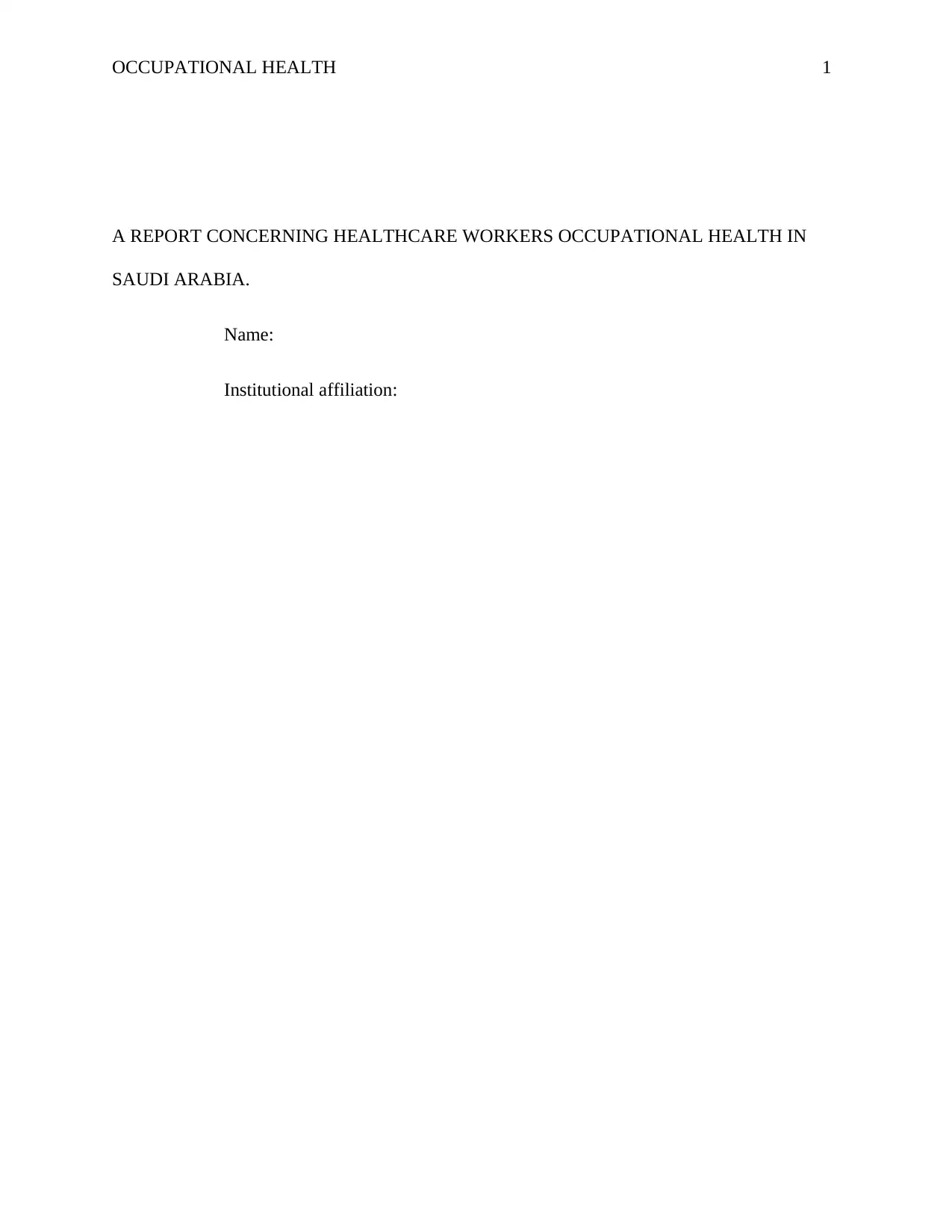
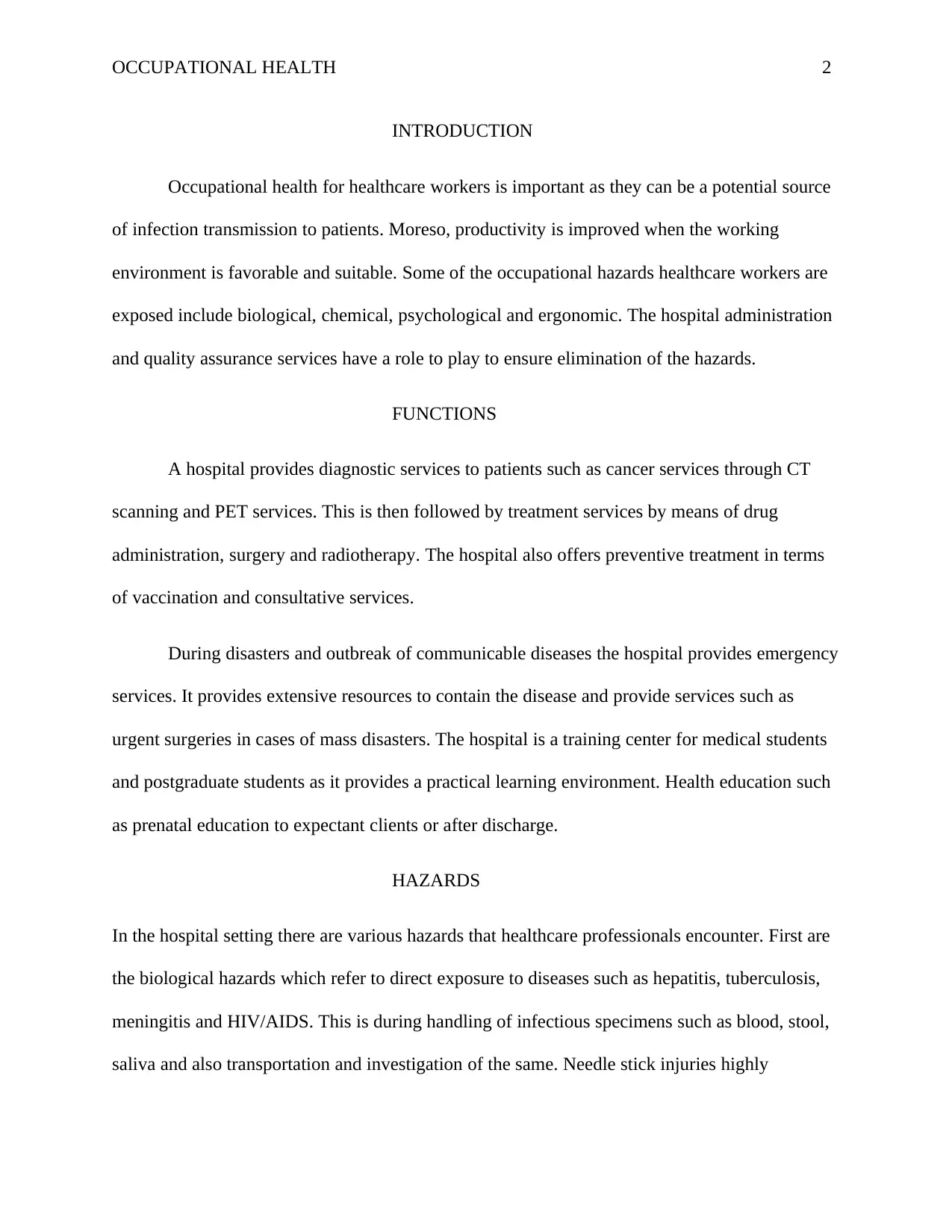
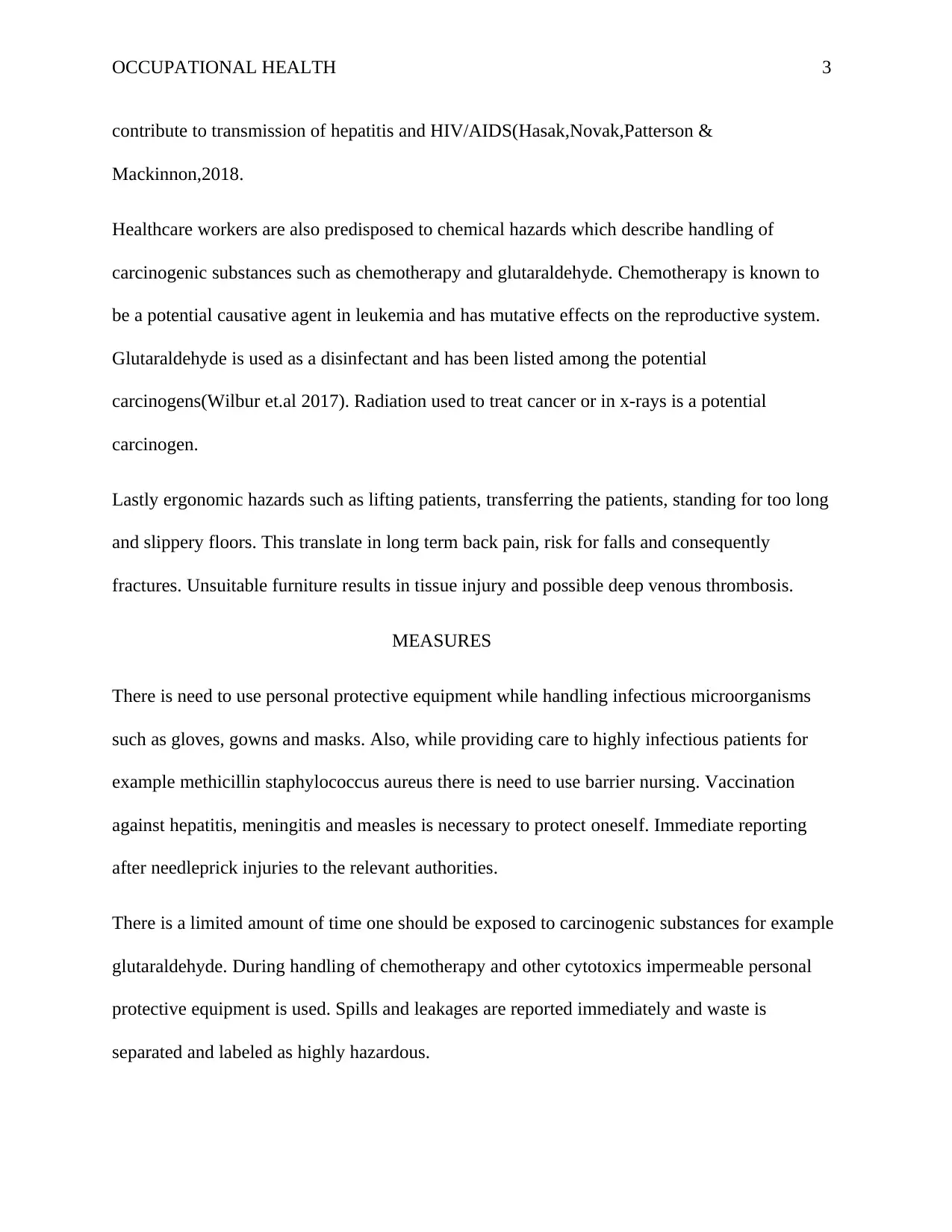

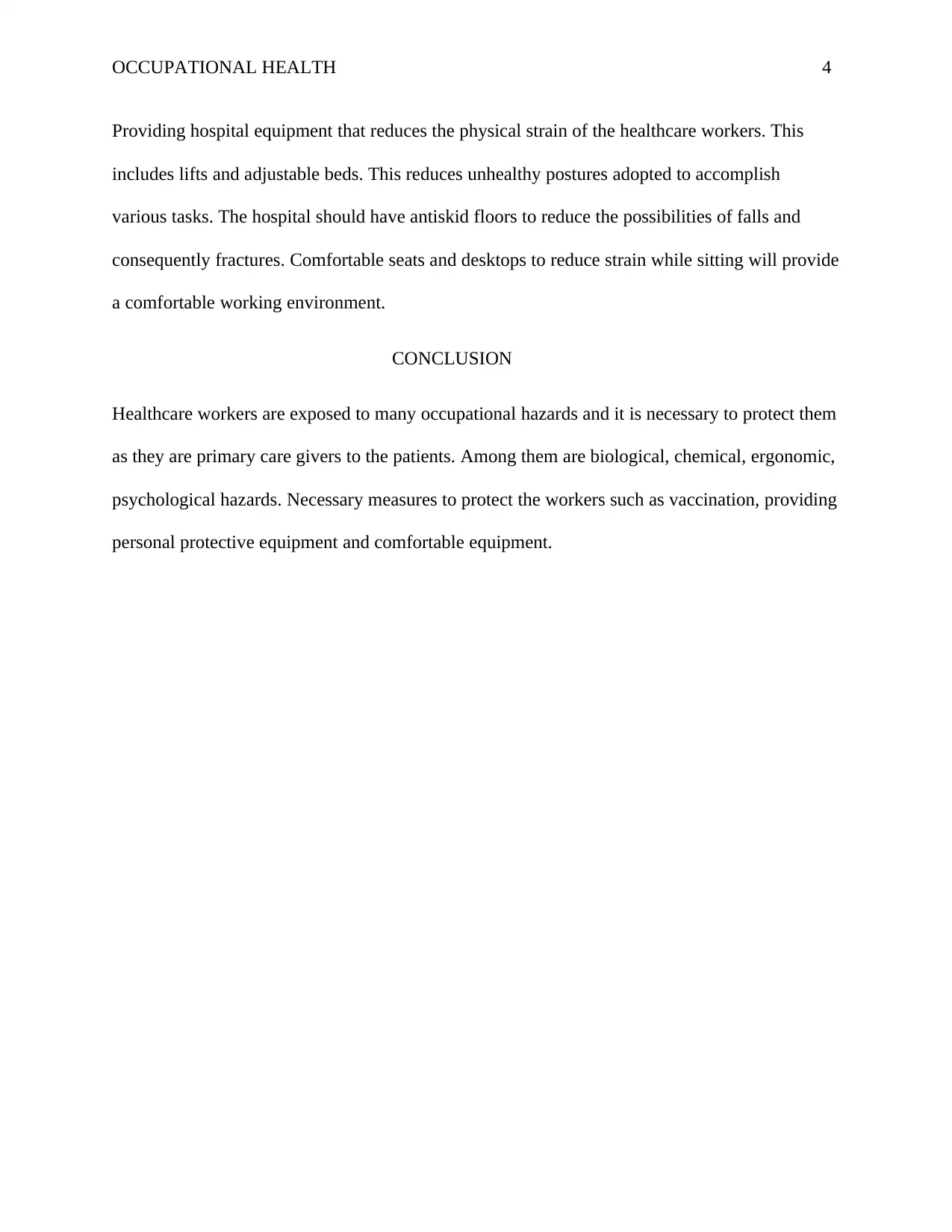
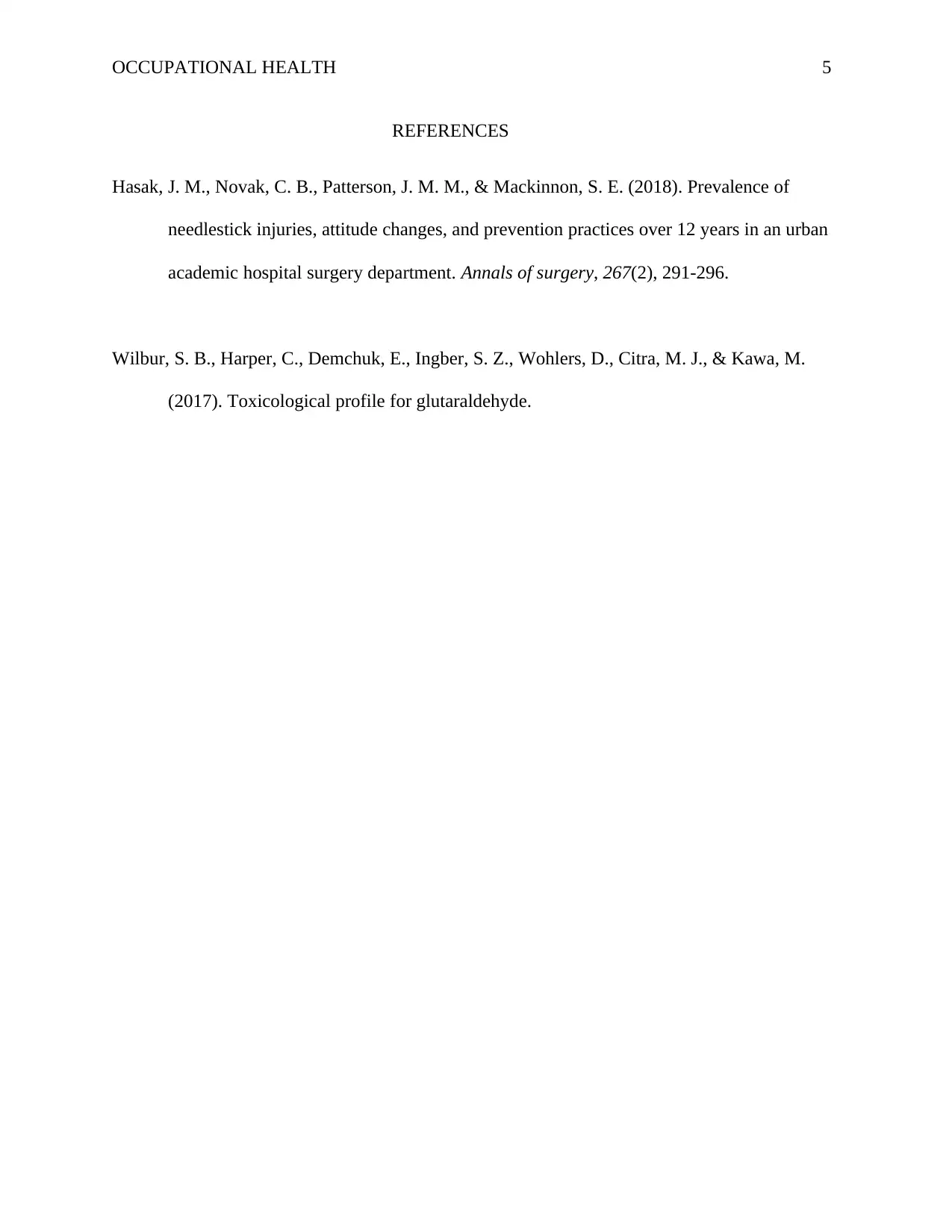






![[object Object]](/_next/static/media/star-bottom.7253800d.svg)